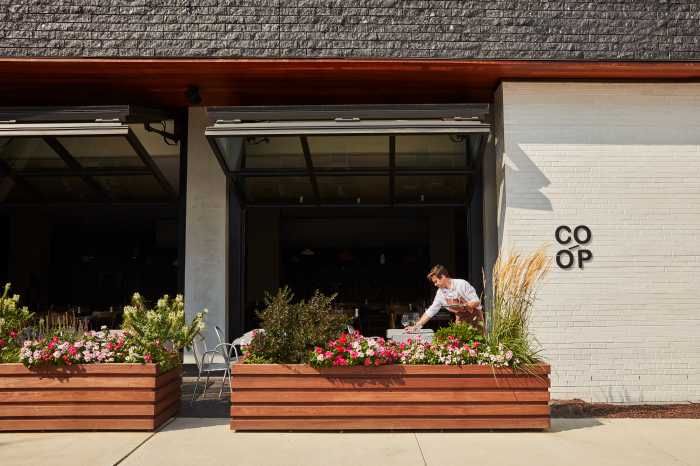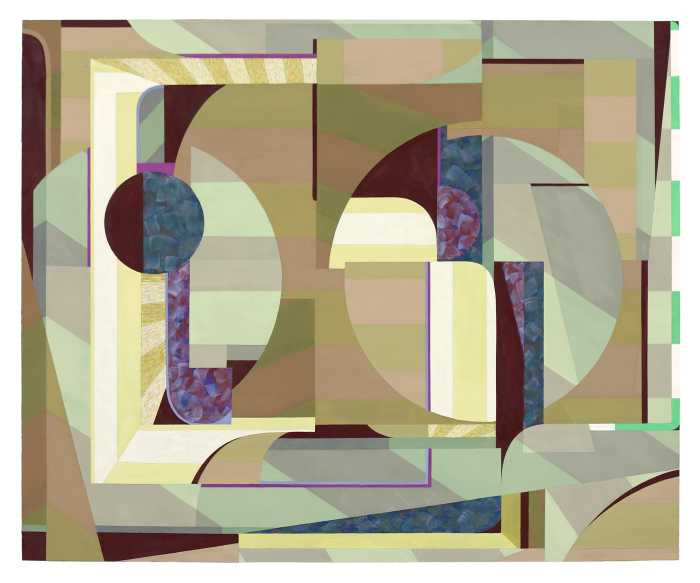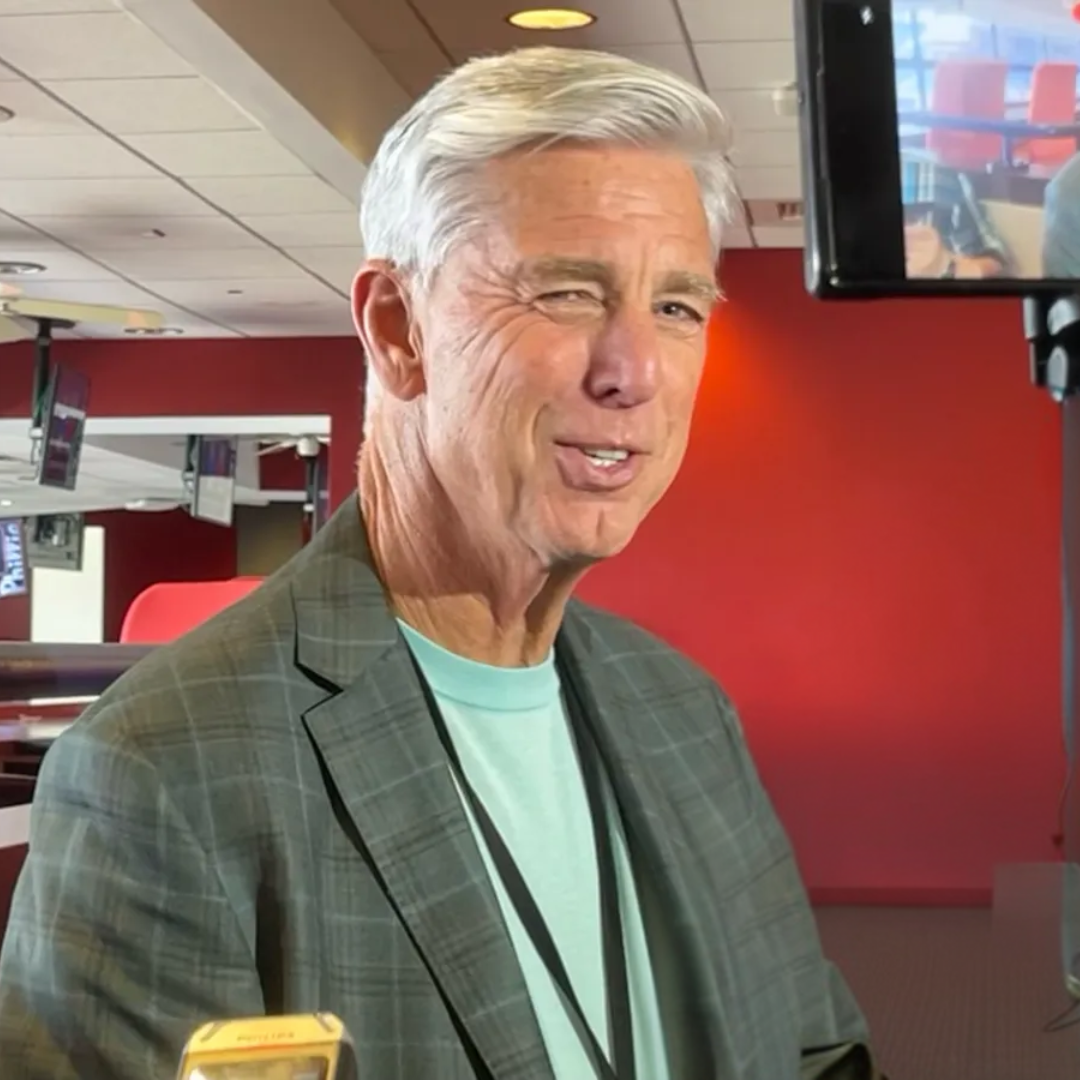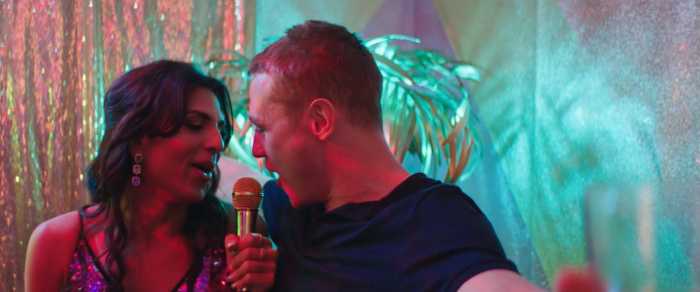 “Chocolate: The Exhibition” is now open at the Academy of Natural Sciences of Drexel University.
“Chocolate: The Exhibition” is now open at the Academy of Natural Sciences of Drexel University.
Credit: The Field Museum, John Weinstein
Entering “Chocolate: The Exhibition” at the Academy of Natural Sciences, visitors will be greeted by a life-sized model of the cacao tree. It not only represents the origins of one of the world’s favorite treats, but serves as a reminder that every chocolate bar you’ve ever scarfed down started life as a plant. “Some people have argued to me that eating a chocolate bar is like eating a salad,” says Academy director of exhibits Jennifer Sontchi with a laugh. “I think that goes a little far.”
If it doesn’t quite manage to reclassify chocolate as a health food, the exhibit does trace the ubiquitous dessert’s history and immense impact, beginning with a look at the botanical aspects. “You learn [about] the complexity of a faraway plant that has everything to do with one of your favorite things to eat,” Sontchi says.
The show moves from the ancient Maya — the first people to record their use of chocolate, in the form of a bitter, spicy drink — to the Aztec, centuries later, who used cacao seeds as currency and as ritual offerings in religious ceremonies.
Chocolate came to Europe with conquistador Hernan Cortes, who conquered the Aztec and brought cacao to Spain, where it had its fateful first meeting with sugar and became an expensive treat for the wealthy and elite. The show includes examples of the porcelain and silver services used by upper-crust chocoholics of the time.
The story continues through the industrial revolution, when chocolate became mass-produced, and into the present day.





























